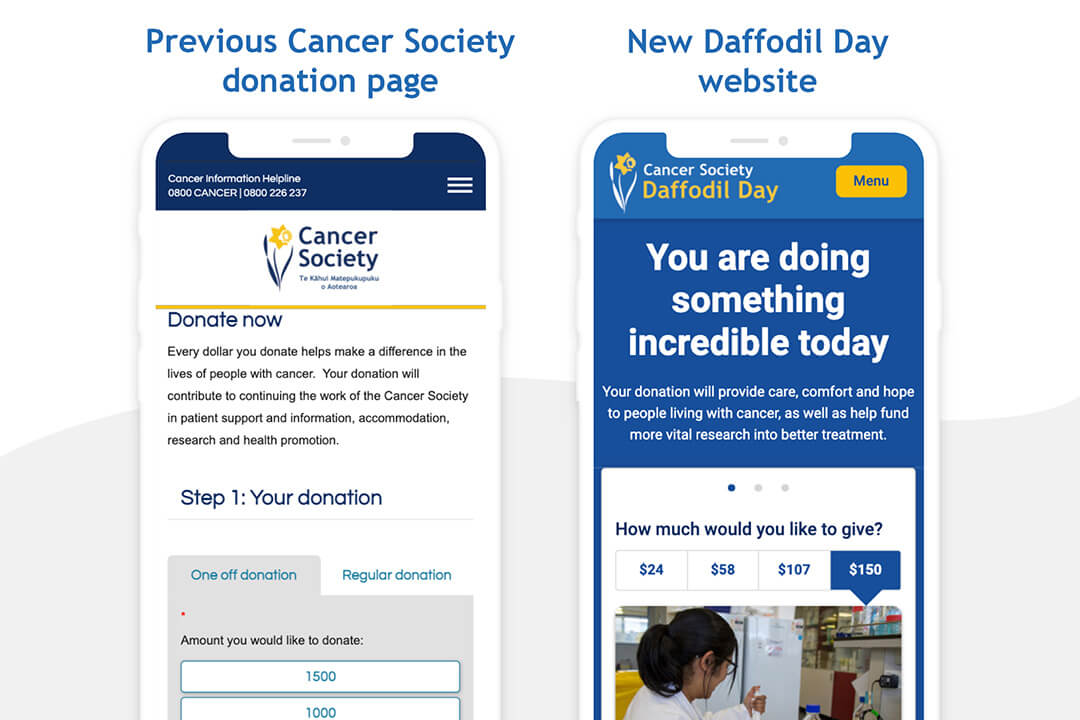At Somar Digital, one of the areas that we’ve really tried to improve upon over the last 12 months is website testing. It’s always been a part of our process but we’ve seen firsthand how important it is to the success of a project if testing is robust and thorough. In this blog, we’ll take a look at some key aspects of testing and why it’s important for the overall success of a web project.
What is Web Testing?
Web testing is making sure that an application performs the way that it's meant to before it is released publically. We test its accuracy and stability across all the different components and functions that make up a website and try to eliminate any bugs that will prevent a user from completing a task or tasks that they came to the website for. When our developers are building a site or updating a current site they go through various stages of peer review and testing to make sure that when our clients get the changes it should work as they want it to work.

Acceptance Criteria Testing
Acceptance criteria testing represents a user’s perspective and specify how the system will function. When testing against a particular user story we set up a test plan which ensures that we test everything that is associated with the user story. For example, we outline the expected results (how the application should perform after executing the above testing steps) and measure this against the actual results (how the application actually behaved after executing the testing steps). From there we log any bugs that are found, which are then fixed by the developers before a user story is sent to the client for sign-off.
Regression Testing
Regression testing ensures that previous functionality of the application works effectively and new changes have not introduced new bugs. Regression tests should be employed whether there is a small localised change to the project or a larger change. As a team we must verify that new code does not conflict with older code, and that code that has not been changed is still working as expected. In agile, there are frequent build cycles and continuous changes are added to the project. This makes regression testing essential. For successful regression testing in agile, a testing team should build the regression suite from the onset of product development and then continue building on it alongside development sprints.
Exploratory Testing
Exploratory testing lets testers “play with” the software in a chaotic way. Exploratory testing is not scripted, instead testers mimic possible user behaviors and get creative, trying to find actions or edge cases that will break the software. Testers do not document the exact process in which they tested the software, but when they find a defect, they document it as usual. Exploratory testing focuses most time against areas and scenarios which are at high risk or have high value for users.

Why Testing is Important
1. Creating a seamless user experience for your users
It goes without saying but you want to create as seamless of a user experience as possible for your users. They need to be able to complete tasks on the website that they set out to achieve. This could be completing a form or searching for their nearest bus stop but no matter what it is you want to remove anything that might frustrate the user and for them to complete the task as easily and intuitively as possible. Keep in mind that if users become frustrated with the website they may never want to use it again!
2. Reflects poorly on your business/organisation if we deploy a website that has a lot of bugs
A company's or organisation's website is of course one of many ways that a user might interact with that company. If the website isn't up to scratch then there's a good chance that this will affect their overall impression of the organisation. Most users make up their minds pretty quickly whether they like a website or not so if you don't capture their attention quickly and if it's a frustrating experience using the site then you risk losing a customer for good. At Somar Digital we work with a number of large, highly trusted organisations like Cancer Society, Plunket, and Citizens Advice Bureau and so it’s really important to them that when we deploy any updates to the live site that they aren’t going to cause any frustrations for anybody using the site. We want to make sure that the websites we build for them encourage user retention and maintain the level of trust that the New Zealand public has for them.
3. Less money you have to spend on Support and making bug fixes
While it’s a bad look for your company if your brand new website or app is buggy it can also cost your business a lot of money. We’ve found over the years that our clients find changes or tweaks to the website once it's been out for a while and have had a lot of real-world experience using it. But if we can remove as many of the bugs as possible from the beginning then our clients don’t have to spend as much money on fixing bugs.
Conclusion
Testing is a fundamental aspect of our process here at Somar Digital. It gives us and our clients the confidence that when a new website or changes go live there aren’t going to be any major bugs which in turn could have consequences down the road like loss in customers or having to spend even more money fixing everything.
Can we help you with your next web project?
We'd love to hear from you!




